ENDURANCE RACING?
LOVERACING
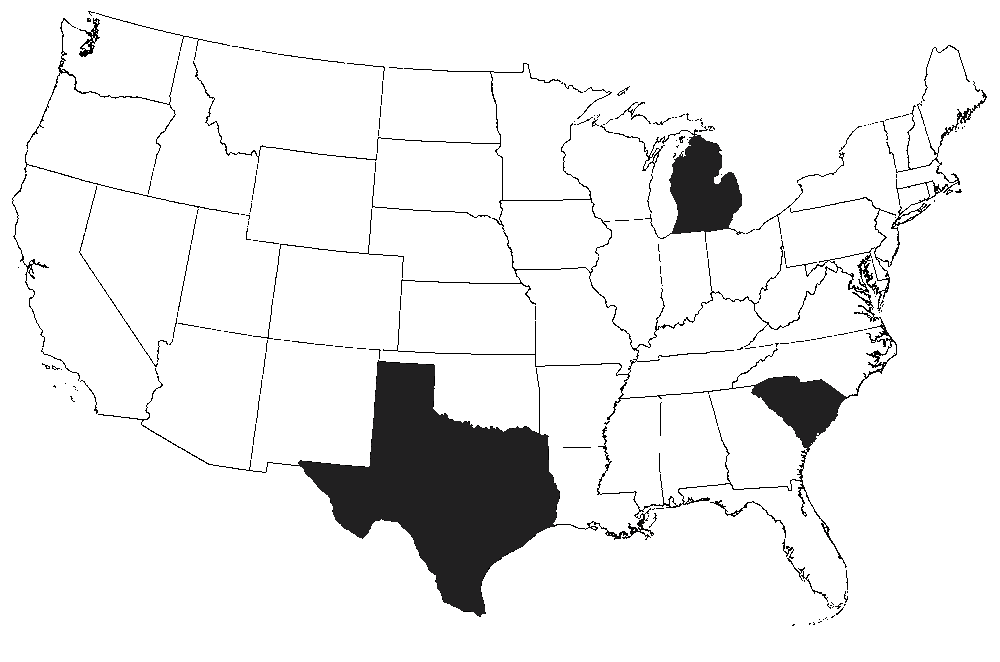

GETTING ON TRACK
Endurance
what is it?
Racing
- Nicholas Love
- January 15, 2020
This is the MOST exciting racing for amateur racers that I think is out there. So how do you get involved in the racing process?
INTRODUCTION
You’ve done some track days or some autocross and are addicted to both the speed and adrenaline of driving your car at the limit. You want more and you need to know how to do it. Well that is how I felt and I solved this by getting into amateur Endurance Racing. This consists of racing a car on a racetrack with a variety of other cars with open passing.
WHO OFFERS THIS?
A few series offer endurance racing for amateur racers include World Racing League (WRL), American Endurance Racing (AER), 24 hr of Lemons, and ChampCar. I’ll go through a few of the advantages and disadvantages as I see them.
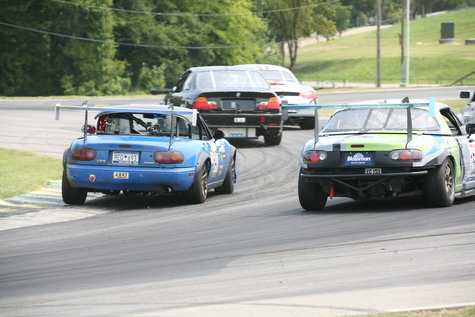

WORLD RACING LEAGUE (WRL)
WRL is a pro-racing style amateur endurance racing series where cars of all shapes and sizes can compete (with the proper safety equipment). Most of their races for the 2019 season are in the central and eastern regions with races at major venues. Cost of these races range from $1300-2100 depending on the duration and exclusivity of the track. An interesting thing to note about this series is that classes are structured based on power to weight ratio. This means that you must get some dyno time prior to racing. The benefit of this is that you should be competing against cars with similar ability as yours. WRL requires a competition license or similar experience based on HPDE solo time. This means that the other drivers should be experienced enough with other cars on track. This leads into their no-contact policy with penalties based on any contact or unsafe driving. Overall this is an exciting series with a large speed differential between the fastest and slowest cars which should simulate how a pro-series race is run.
AMERICAN ENDURANCE RACING (AER)
AER is another serious endurance racing series that boasts fixed cost structure, simple rules list, and good racing with experienced drivers. They don’t have a large quantity of races scheduled for 2019, 7 total, although they do hit some really great tracks like Road Atlanta and Watkins Glen. You are looking at around $1900-2000 for all-inclusive costs to perform practice day and the full race. This is more simplistic than other series and ensures you get practice on track for every race before the official race. Classing in AER is unique and is based on a qualifying session at the end of the practice day. This is my personal favorite way to class cars because it equalizes teams with thousands of dollars to spend and teams on a $500 dollar budget. Drivers are required to have a competition license or equivalent experience to compete so you can be more confident that your brand new racecar won’t get wadded up in the first corner. This series will also have a large speed differential during the race due to no cap on cost of prep of the cars.

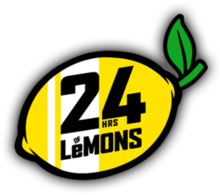
LEMONS
The 24 hours of Lemons is an interesting endurance racing series that attempts to combine humor, satire, and racing into a single event. It is common to see cars that have campers or houses built around them for the race and having a theme for your car or team is required at some races to be accepted to race. They have varying race durations from 8×8 to 24 hour and compete in 24 races in 2019 all across the country. The point of this series is not to bring your car and attempt to squeeze out every tenth of a second for lap times but to have fun on the track without worrying about competition. This creates a different atmosphere and attracts a completely different crowd of racers, which could be good or bad based on the type of person you are. Classing is based on a dollar system with only being able to spend $500 on your car. This does not include the purchase of any safety equipment. This means that cars will be much more similar in speed on the racetrack and you won’t have to worry about a Porsche passing you on the turn with a 20 MPH speed differential. The cost of entering a race is typically $1400 for the car and 4 drivers with each additional driver costing $195 and each crew costing $75. This series does not require other unexperienced driver at some point so prepare a competition license for some contact. If you are looking for a more lighthearted series to race your 70s Dodge Dart or econobox, this could be the series for you.
CHAMPCAR
Champcar (formerly ChumpCar) has been around for 10 years and has transformed from a series that required a $500 car to a point based classing system which allows the racing of cars like Spec E30 and Spec Miata. They have x amount of races in 2019 with races in every region and even include a race at the famed Indianapolis Motor Speedway. You can expect a field of anywhere from 50-110 cars on track with many different models of car. The cost of these races depends on race duration and track exclusivity but typically ranges from $1200-2100. ChampCar does not require a competition license which means that you can expect to have some unexperienced competitors on track with you leading to a higher possibility of contact at some point. Class structure is based on displacement and since there is a point structure for modifications, cars should be somewhat similarly prepped if built to the limit of the rules. This is my personal series that I compete in since they have a large amount of tracks that I prefer, costs are among the cheapest of the other series, and they draw large fields of cars of varying makes and models which is much more fun in my opinion.
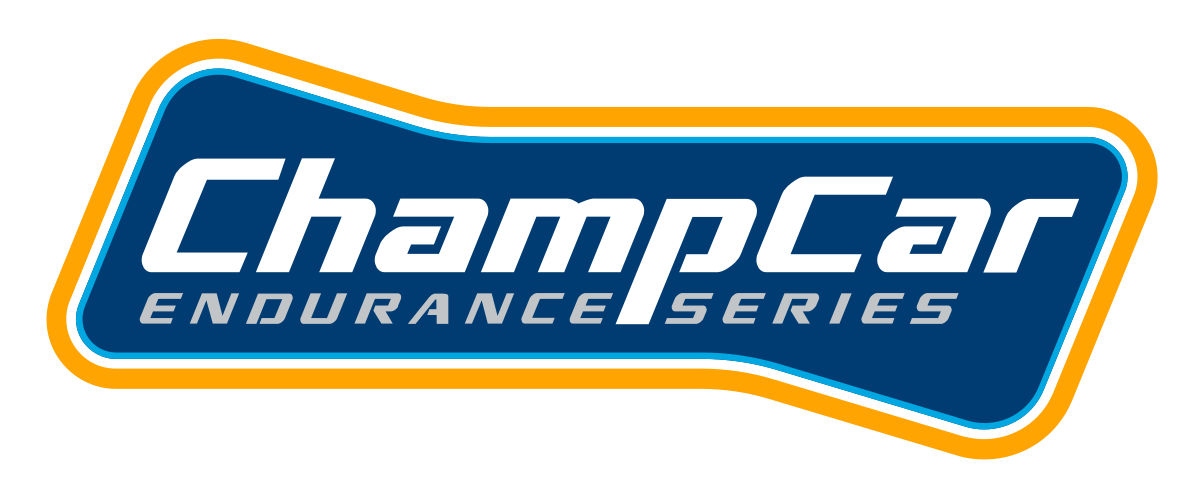

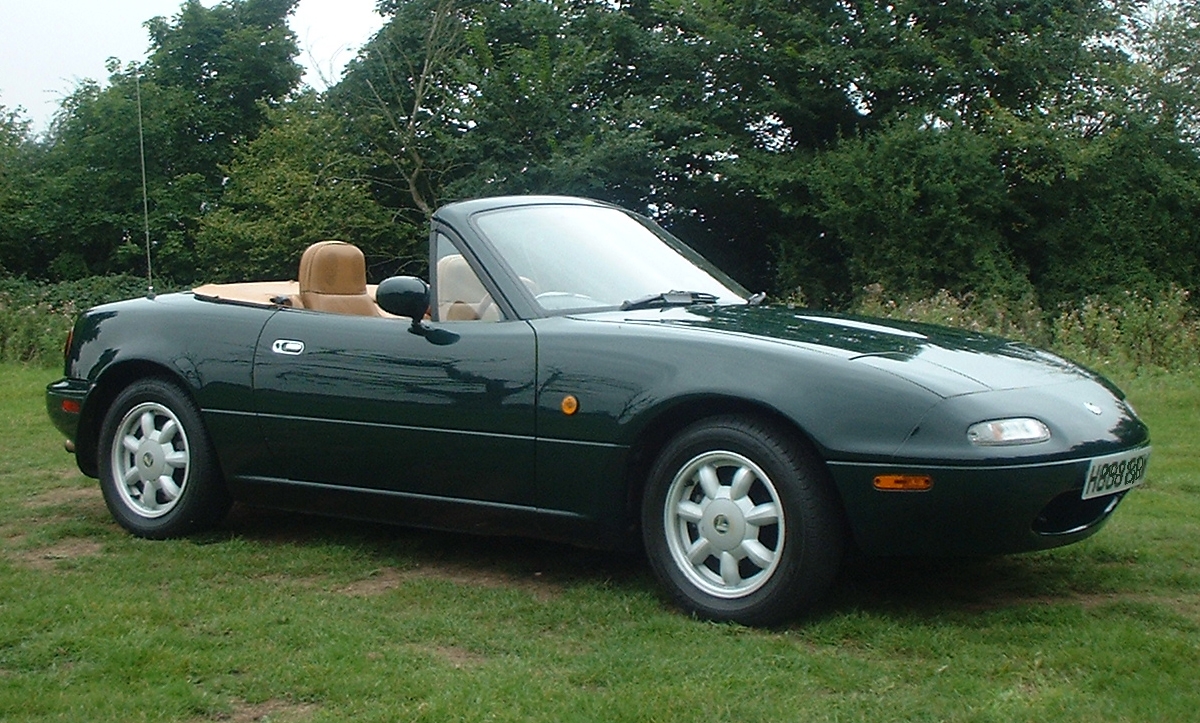
CHOOSING YOUR CHARIOT
If you want to get into endurance racing, you are going to need to choose a car unless you have one sitting in the backyard. The first thing you will hear is that the answer to every car question is Miata. If you’ve been living under a rock for the last 30 years, the Mazda Miata is a front engine, rear drive two seat sports car. They are perfectly balanced and make for an easy to drive and fun racecar. They are the most raced car by a large amount and have many popular race series. This is what I drive so I may be biased but this is the perfect car for a started in endurance racing. I recommend buying a mid-pack Spec Miata and making a few small changes to meet the rules of any of these series above.
Another common choice is a BMW E30 (Second Generation (1982-1994). Many different engine and platform designations make it confusing for any non-BMW enthusiast to understand although they are a very capable platform with a huge aftermarket support. They are a front engine, rear drive configuration that has been proven to be very successful in multiple endurance series. Spec E30 is a race class specifically for these cars and these forums can provide a ton of information on what to look for in a chassis and other technical aspects of the build.
